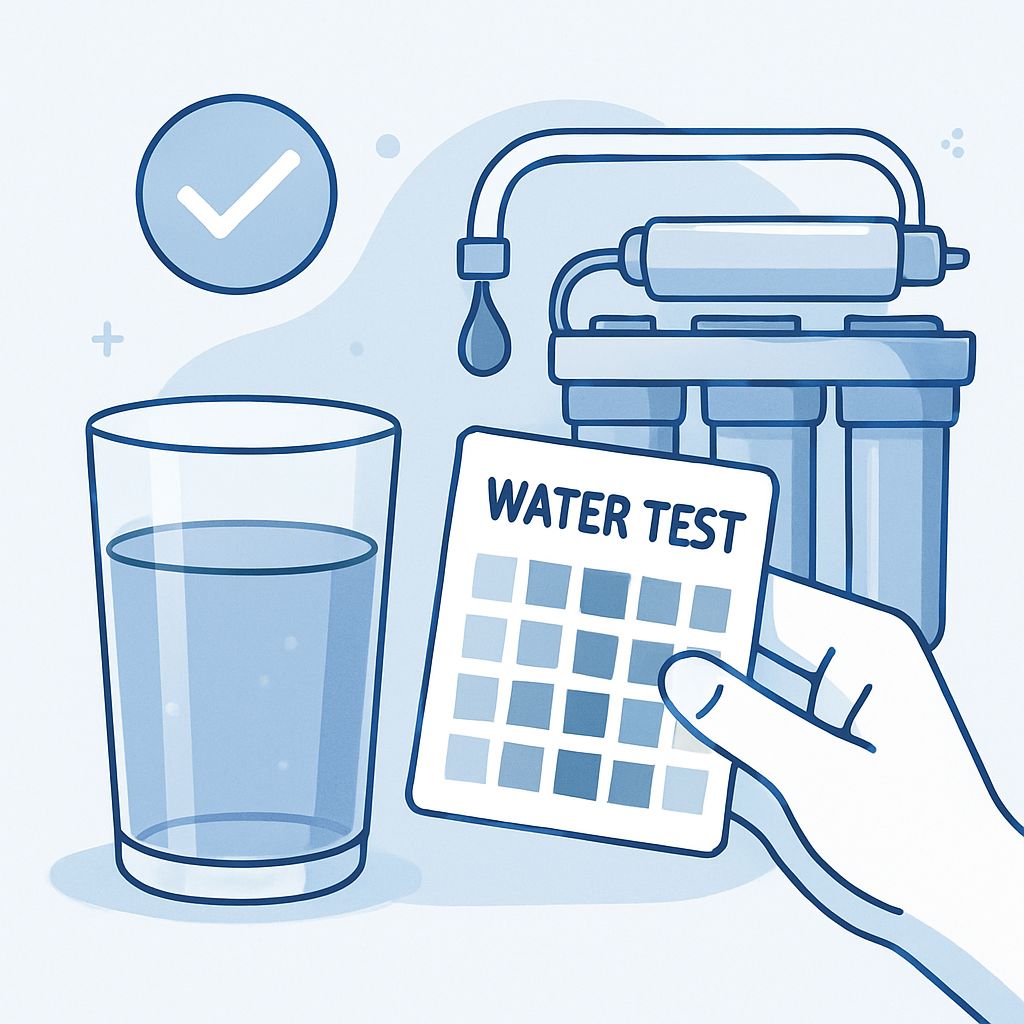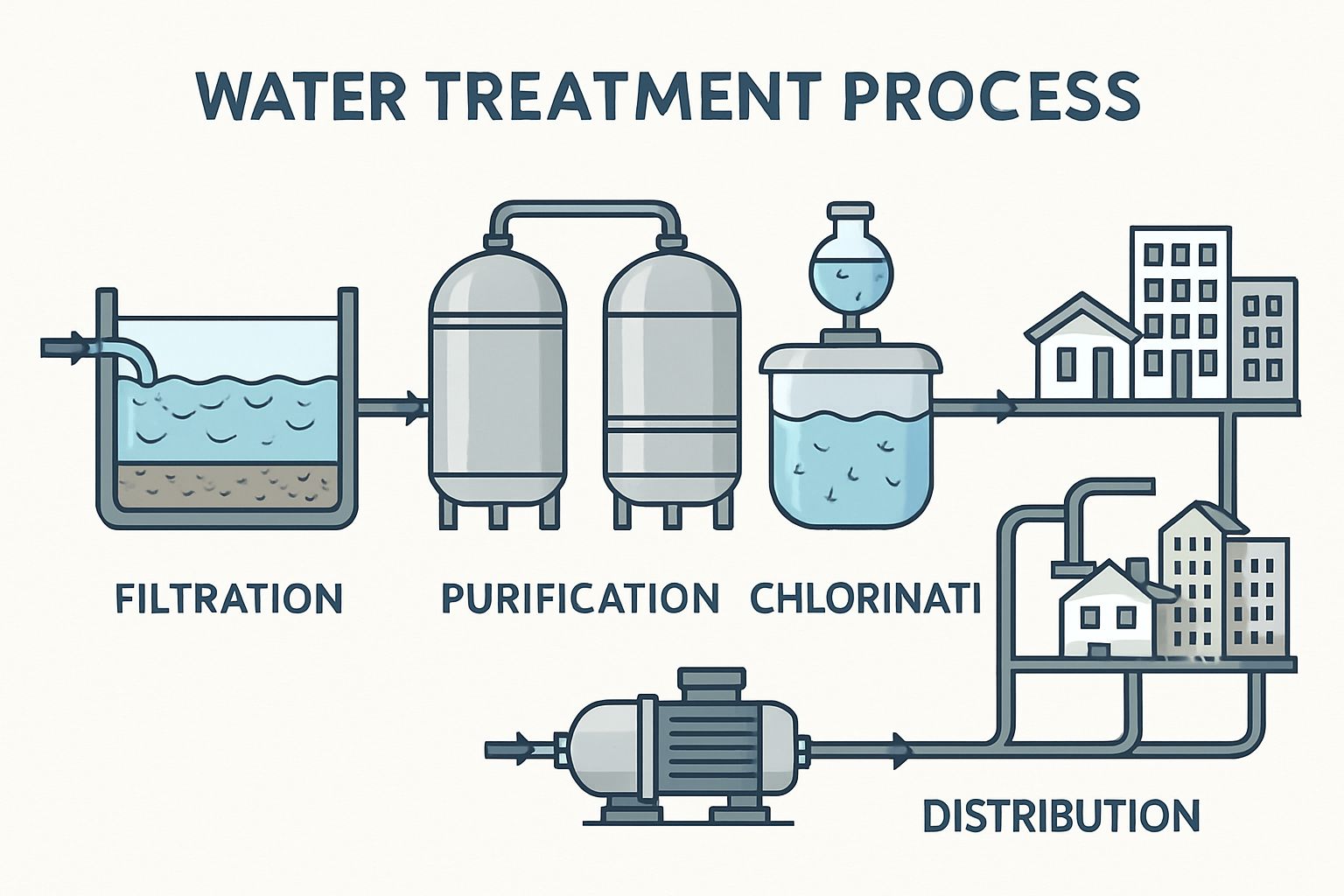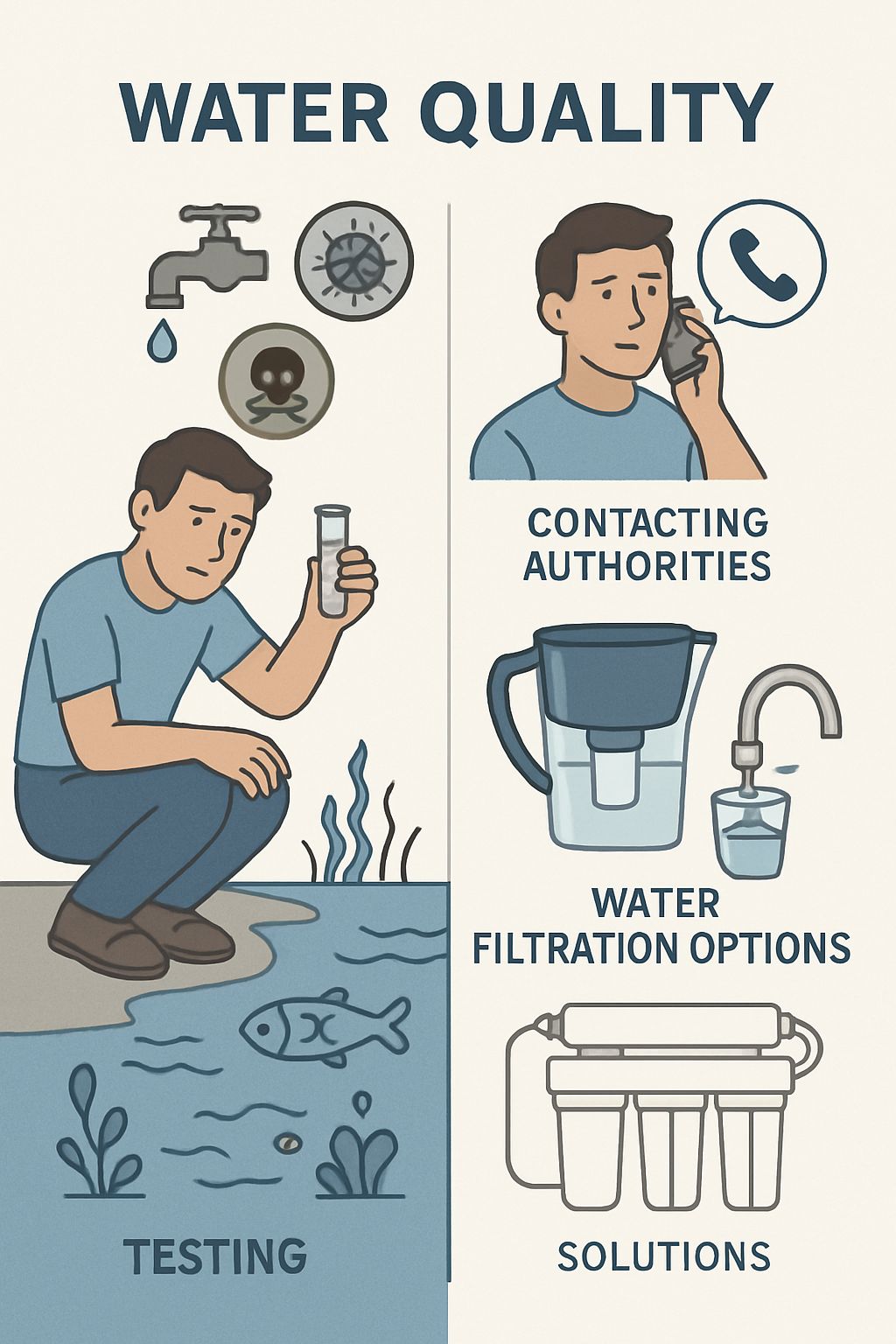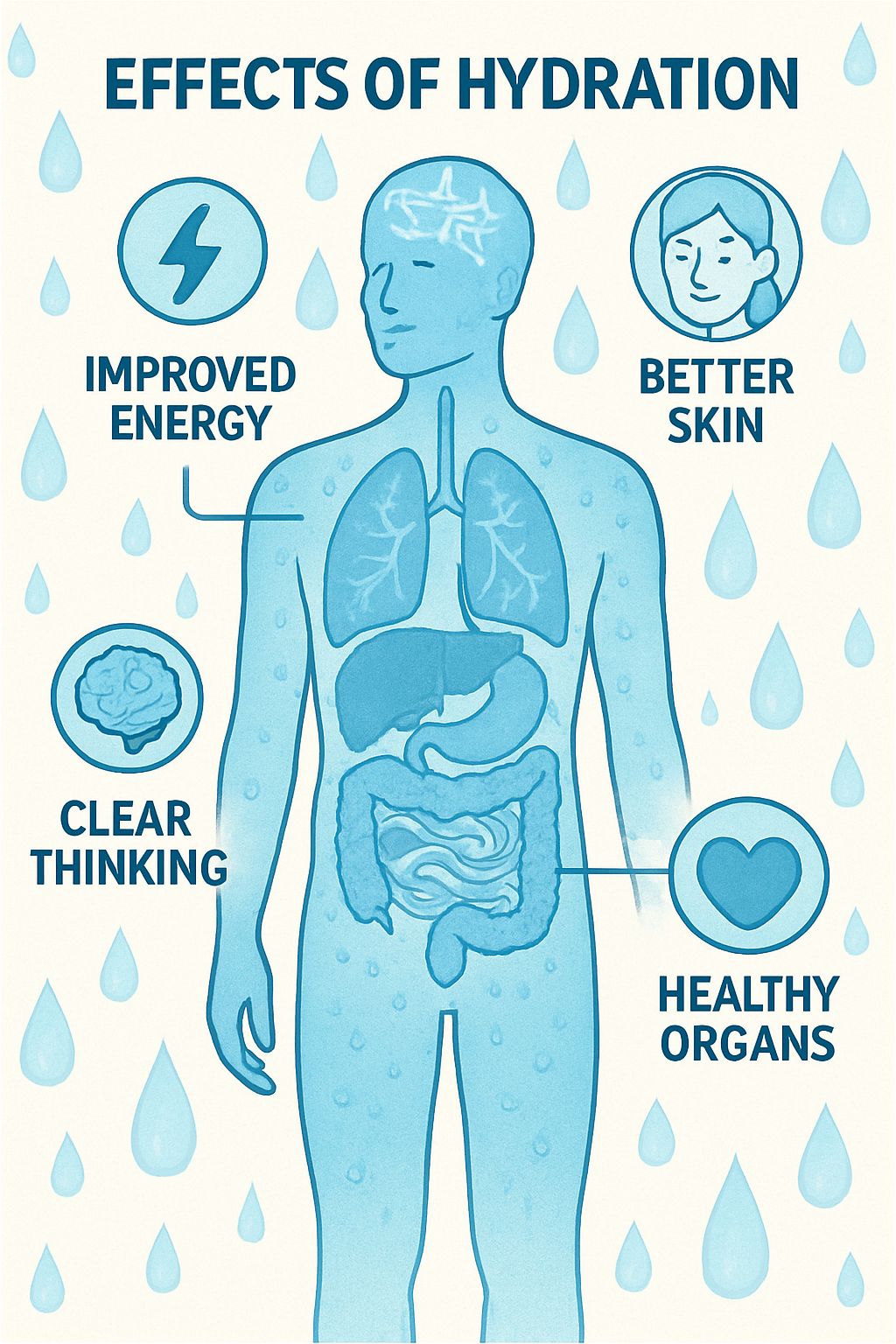
Is my tap water safe to drink?
For many of us, the question “Is my tap water safe to drink?” is something we rarely have to consider. We turn on the tap, and clean, safe water flows out. But in many parts of the world, this is a life-or-death question. At the Australian Relief Organisation (ARO), we are confronted with this reality every day. Our work across 30+ countries, from the arid regions of Africa to the remote villages of Asia, has shown us the devastating consequences of contaminated water.
With over 205 water projects completed, impacting more than 1 million lives, we have dedicated ourselves to providing safe, clean drinking water to those who need it most. This article will explore the complexities of tap water safety, helping you to understand what’s in your water and what to do if you have concerns. It will also shed light on why our work is so crucial for the health and well-being of communities worldwide.
Understanding Tap Water Safety in Australia
In Australia, we have some of the safest and highest quality drinking water in the world. Our water is treated and monitored to meet strict health-based guidelines. The Australian Drinking Water Guidelines (ADWG) provide a framework for managing drinking water quality, and water utilities are required to regularly test for a wide range of potential contaminants.
However, there can still be variations in water quality depending on where you live. The source of your water (e.g., dams, rivers, groundwater), the treatment processes used, and the condition of the pipes that deliver it to your home can all play a role. For a deeper dive into how water is treated, read our post on the Water Treatment Process.
Potential Contaminants in Tap Water
While rare in Australia, it’s important to be aware of the potential contaminants that can be found in drinking water:
- Microorganisms: These include bacteria, viruses, and protozoa that can cause diseases like gastroenteritis. Water treatment processes are designed to remove these, but contamination can sometimes occur.
- Chemicals: These can come from a variety of sources, including agriculture, industry, and even the water treatment process itself. The ADWG sets limits for a wide range of chemicals to protect public health.
- Heavy Metals: Metals like lead and copper can leach into water from old pipes and plumbing fixtures. This is a particular concern in older homes.
- Physical Contaminants: These include things like sediment and rust that can affect the taste, smell, and appearance of your water.
ARO’s Experience with Water Contamination: In the countries where we work, the challenges of water contamination are immense. In Cambodia, for example, many communities rely on groundwater that is contaminated with arsenic, a naturally occurring heavy metal that can cause serious health problems. Our water projects in these areas focus on providing alternative water sources, such as deep wells that access safe water, and installing filtration systems that can remove these harmful contaminants. We have also encountered high levels of fluoride in the water in some parts of Africa, which can cause dental and skeletal problems. In these areas, we have installed specialized filters to remove the excess fluoride and protect the health of the community.
How to Check the Safety of Your Tap Water
If you have concerns about the safety of your tap water, there are several things you can do:
- Contact Your Local Water Utility: Your water utility can provide you with a copy of their latest water quality report. This report will detail the results of their testing and show you how your water compares to the ADWG.
- Look for a Drinking Water Quality Annual Report: Many water utilities publish an annual report on their website that provides a comprehensive overview of their water quality.
- Consider At-Home Water Testing: If you have specific concerns, you can purchase an at-home water testing kit. These kits can test for a range of contaminants, but they are not as accurate as professional laboratory testing.
- Use a Water Filter: A good quality water filter can remove many common contaminants from your water. There are many different types of filters available, so it’s important to choose one that is certified to remove the specific contaminants you are concerned about.
The Global Water Crisis: A Stark Contrast
While we in Australia have the luxury of questioning the nuances of our tap water quality, for millions of people around the world, the only choice is to drink from contaminated sources. The consequences are devastating:
- Waterborne Diseases: Every year, millions of people, mostly children, die from diseases caused by unsafe drinking water, poor sanitation, and lack of hygiene.
- Stunted Development: Chronic illness from waterborne diseases can lead to malnutrition and stunted growth in children.
- Lost Opportunities: The time spent collecting water, often from distant sources, and caring for sick family members keeps children out of school and adults out of work. If you’re wondering about the physical toll of inadequate water, our post on Signs You’re Not Drinking Enough Water offers more insight.
How ARO is Making a Difference
The Australian Relief Organisation is committed to tackling the global water crisis head-on. Our projects are designed to provide long-term, sustainable solutions that empower communities to build a healthier future.
We do this by:
- Drilling deep wells to access safe and reliable groundwater sources.
- Installing innovative water filtration systems to remove harmful contaminants.
- Building rainwater harvesting systems to capture and store this precious resource.
- Providing comprehensive hygiene education to promote healthy practices and prevent the spread of disease.
Our work is not just about providing a glass of water; it’s about providing hope. It’s about giving children the chance to go to school, parents the opportunity to work, and communities the ability to thrive. To learn about the positive changes that come with clean water, read about What happens to my body when I drink more water?
You Can Be a Part of the Solution
Every time you turn on your tap, you are reminded of the incredible privilege of having access to clean, safe water. You can help to extend this privilege to those who need it most.
By supporting the Australian Relief Organisation, you are helping to fund life-saving water projects in some of the world’s most vulnerable communities. Your donation can make a world of difference.
Give the Gift of Clean Water. Donate to ARO Today.
Frequently Asked Questions (FAQs)
Q: What is the most common contaminant in drinking water?
A: The most common contaminants in drinking water are microorganisms, such as bacteria, viruses, and protozoa. These can cause a variety of waterborne diseases, including gastroenteritis, cholera, and typhoid fever.
Q: How can I tell if my water is contaminated?
A: It’s not always possible to tell if your water is contaminated just by looking at it. Many contaminants are odorless and tasteless. The only way to be sure is to have your water tested by a certified laboratory. However, if your water has a strange taste or smell, or if it is cloudy or discolored, it’s a good idea to ha
Related Project: Clean Water



